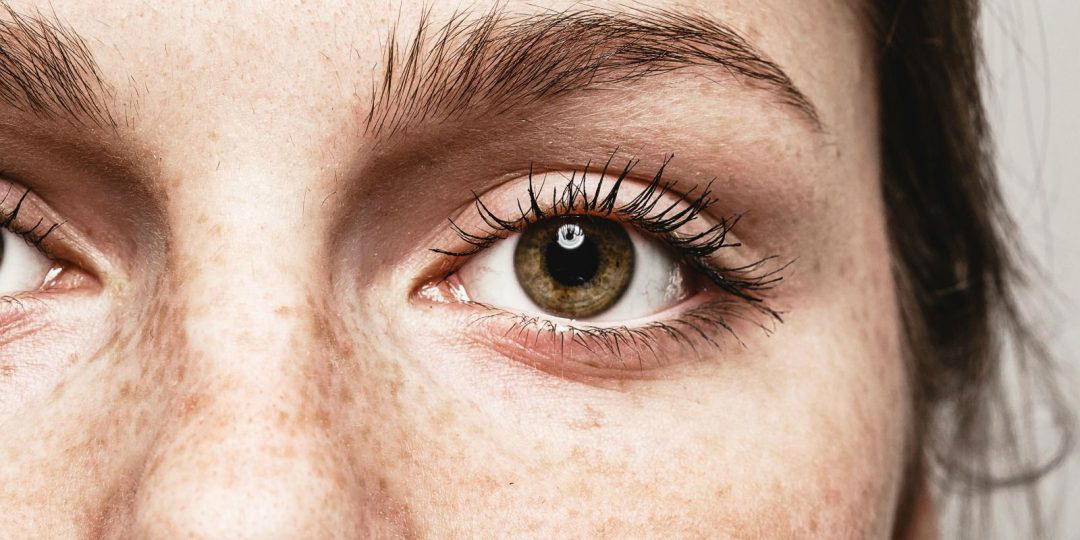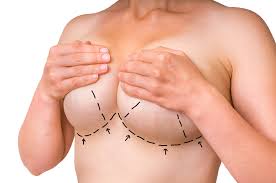Get in Touch
- About Me
- My Team
- Aesthetic Medicine
- Aesthetic & Plastic Surgery
- For men
- Mia FemTech™
- Preserve
- Before and After (Gallery)
- Info & Media Center
- Book an Appointment
- Contact us
- Aesthetic Medicine Dubai
- Botox Dubai – Botulinum Toxin Anti-Wrinkle Injections
- Cosmetic Surgery Dubai
- Fillers in Dubai | Dr Matteo Vigo
- Hair Loss
- Hand Rejuvenation
- Hyperhydrosis Treatment
- LIBRARY OF Cosmetic Procedures
- Plastic Surgery Dubai
- Profhilo Injection
- PRP
- Renuva Filler
- Signature Treatments
- A-Z Cosmetic Surgery Dubai
- Buttock enhancement (HYAcorp)
- Sculptra and Lanluma
- Exosomes Treatment
- Salmon DNA
- Abdominoplasty Dubai | Dr Matteo Vigo
- Arm Lift
- Blepharoplasty
- Brazilian butt lift
- Breast Augmentation Dubai | Dr Matteo Vigo
- Breast Enlargement Dubai
- Breast lifting
- Breast reconstruction
- Breast Reduction Dubai
- Body lift
- Buccal Fat Pad Removal
- Face and Neck lift
- Fat grafting rejuvenation
- Liposuction
- Lip Lifting Dubai
- Mommy Makeover
- Neck and jaw line defnition
- Otoplasty
- Tummy Tuck Dubai (Mini Abdominoplasty)
- Tummy Tuck Dubai (Extended Abdominoplasty)
- Labiaplasty: Vagina Rejuvenation
- Post Bariatric Surgeries
- J-Plasma Renuvion
- Skin Tightening
- Brow Lift
- Double Chin Removal
- Aesthetic Gynecology
- Scar Revision
- Minor Surgeries
- Face Contouring

Mia FemTech™ brings harmony to your body with a naturally discreet result by shaping your breasts in 15 minutes using breakthrough minimally invasive technology with no general anesthesia so that you can get on with your busy life on the same day*.
about mia femtech
Preservé™ is a new technique to breast augmentation that prioritizes preserving natural breast tissue, structure, and sensation. Preservé™ is a significant advancement in modern breast surgery, offering women a more harmonious look with little invasive procedures.
about Preserve










